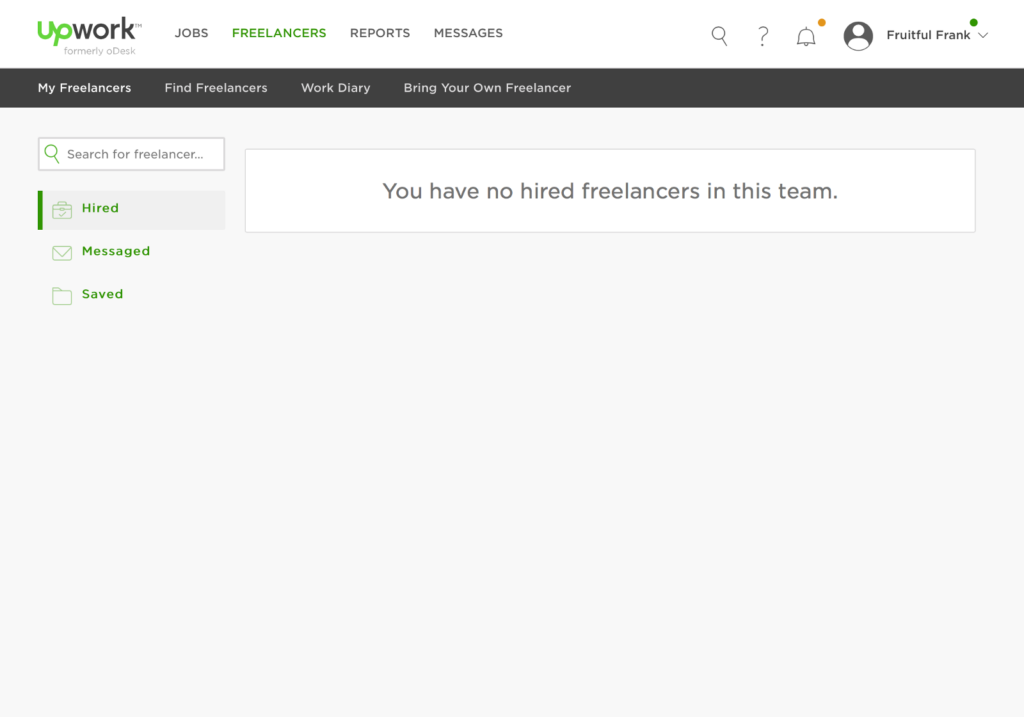“If you scale a crappy product, you’ll end up with a million problems.”
True. But, how do we know if our product’s crappy (or not)?
The truth is, as founders, marketers or engineers, we inevitably always seem to think the product is crappy. Today, last month, last quarter, even last year. It’s like we forget about all of the great things the product already does, and instead focus on the current issues. Be it a little bug, a UI problem, or a missing feature, the mindset inside most startups is that ‘it’s not ready yet’.
As a result, we defer growth.
“Let’s just build feature X first, then we can focussing on growth.”
This has held me back personally many times. Everytime someone mentions ‘growth’ I ask myself ‘is the product ready’? The answer has to be yes. You cannot defer growth. So long as the product has product market fit.
Product market fit is not usually something us growth marketers talk about, but it’s super important. I’ve searched everywhere for a clear definition. At first I thought a Quora thread on the topic might help. Nope — it culminated in a “you’ll know it when you have it” moment. Next I turned to the gurus. Still no luck:
- “If you have to ask whether you have product market fit, the answer is simple: you don’t.” — Eric Ries
- “Make things people want.” — Paul Graham
- “The only thing that matters is getting to product/market fit.” — Marc Andreessen
- “One metric for Product/Market Fit is if at least 40% percent of surveyed customers (Users) indicate that they would be “very disappointed” if they no longer have access to a particular product or service.” — Sean Ellis
You see my point. None of these statements provided a tangible framework to help guide us towards finding our product market fit. As a marketer, it’s so important to categorically confirm that product market fit is present before scaling growth. In a nut shell, here’s what you need to know:
Product market fit equates to one function done really well.
Sounds simple doesn’t it? Well, it is. Products solve problems. They do this by offering users a function. One core function. That one function is designed to enable users to access the product’s core value. In fact, every other product function is secondary to this core function. It only exists to make the product better at delivering on the core value being offered.
Now ask yourself: how fast does your product deliver on its core value proposition? The best products do it immediately.
See for Yourself
 Core value proposition: a search engine that “understands exactly what you mean and gives you back exactly what you want.”
Core value proposition: a search engine that “understands exactly what you mean and gives you back exactly what you want.”
Core function: a search bar and instant results.
Uber
 Core value proposition: transportation in minutes.
Core value proposition: transportation in minutes.
Core function: one button that lets you ‘Set Pickup Location’.
 Core value proposition: connect with friends and the world around you.
Core value proposition: connect with friends and the world around you.
Core function: find/add friends.
Snapchat
 Core value proposition: Snap a photo or a video, add a caption, and send it to a friend.
Core value proposition: Snap a photo or a video, add a caption, and send it to a friend.
Core function: take a photo/video.
All of the products above take the user to the core function of their service — the core problem they promise to solve — immediately.
Product market fit is when you have a core feature that delivers on your value proposition so well, that you can increase value simply by improving that core feature.
Think about the billions of dollars Google has spent on its search product, yet the function that users interact with (the search bar) has barely changed.
It is, however, easy to lose product market fit. For example, the transition from Elance to Upwork has made it much harder to hire a freelancer. Similarly, Messenger’s ‘Snapchat’ update has caused major issues around usability of the core value of being able to send a message.
Upwork
 Core value proposition: find freelancers to tackle any job, any size, any time.
Core value proposition: find freelancers to tackle any job, any size, any time.
Core function: …where would you click?
Messenger
 Core value proposition: send messages.
Core value proposition: send messages.
Core function: sending ‘snap chats’ to your friends (the big blue button at the bottom of the screen). The top right corner (blue plus) is where you need to click to send a message.
Marketing Considerations
Marketers have the potential to optimise you both towards and away from product market fit. This is because marketers modify your value proposition, through things like A/B testing ad copy, in pursuit of higher conversions.
Underpinning this pursuit towards increased conversions may be a change in the underlying motivation behind why someone signed up. Ultimately, the people who sign up receive a different product experience (functionality) to what they were originally sold.
It is therefore imperative that what marketing is actually selling to the customer, is consistent with what the product actually does. This means you need to be tight around your acquisition messaging, ad-copy and imagery.
The marketers definition of product market fit is “the landing page that converts the highest”. Still unclear? Imagine this scenario…
Marketing runs an advert that promotes your products in such as way that feature y is now being sold as feature x. Customers sign up to get feature x and your product ultimately provides feature y. Subsequently, activation is low and you interpret this as a lack of product market fit. The truth is, your product might be really good at delivering feature y, but marketing has brought you customers that want feature x.
What do you do? Well, marketing needs to find you customers who want feature y, or your product needs to get better at delivering on feature x. You might even want to consider pivoting towards focussing on feature x if demand for this feature seems stronger.
Key takeaway: product market fit must be evaluated against the initial reason a user chose to sign up. AKA did your product do what the landing page said it would? If so, do users use that feature the moment they sign up (demonstrating activation).
Marketing will inevitably optimise for a high converting promise (embedded in your landing page). Your product must deliver on that promise.
We’re currently applying this theory to our work here at Ausmed. We’ve built a framework to track and drive product market fit. I plan to follow up on this post with a second article showing you how we go.
Final thoughts…
When you’re seeking product market fit, identify the core function that represents your value proposition. Focus on making that as straightforward and as easy to use as possible. Do this incessantly until the majority of people who sign up to use your service to do X, are able to do X—and can do it well within 1–5 seconds.

Your article got me thinking …
What about if there is like a special ‘Product Market Fit life-cycle.’
Products evolve (what works for early adopters, may not be exactly what the mainstream wants).
Is it possible to have mini PMF’s?
Thoughts?
Hey Luke,
Awesome question, thanks for asking. Certainly, products evolve, but my contention would be that they should avoid straying from their core. Furthermore, that one shouldn’t delay the growth piece in lieu of lacking a certain feature.
Those mini PMFs you allude to, I like to call them supporting value props. For example, Google’s product market fit is the idea that someone would like to search something. The core value prop is ‘a search bar and a results page’. Adding instant search, image search and everything else weren’t new core value props, they supported the core. Hence, supporting value prop.
Hope that helps, =)